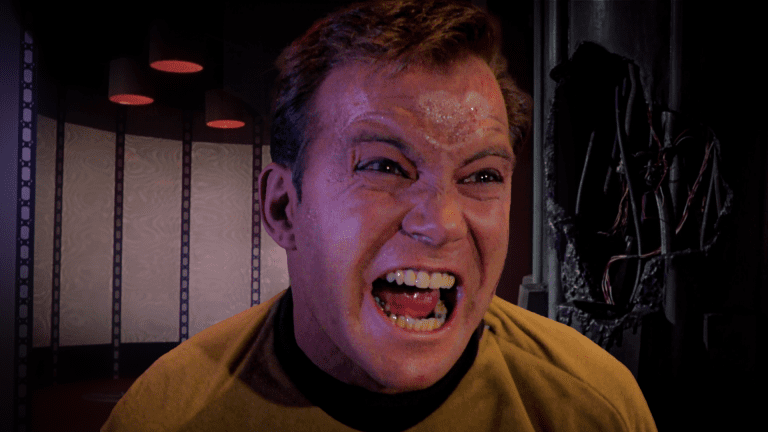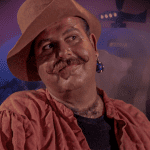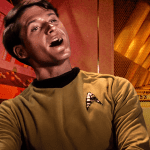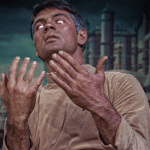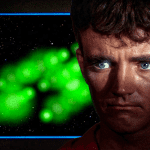“The Enemy Within”
Original airdate: 6th October 1966
Written by: Richard Matheson
Directed by: Leo Penn

In a nutshell: A smart and introspective episode comes with a Shatner performance for the ages.
“We all have our darker side. We need it! It’s half of what we are. It’s not really ugly. It’s Human.”
Returning from an away mission, a transporter malfunction splits Captain Kirk (William Shatner) into two separate people. One is “good”, kind and compassionate, but weak and ineffective. The other is “evil”, violent and impulsive. With the rest of the away team trapped on the planet’s surface, the crew race to find a way to restore the Captain before their stranded crewmates freeze to death.
“The Enemy Within”, Star Trek’s answer to Dr. Jekyll and Mr. Hyde, is a fine example of the series using external sci-fi shenanigans for internal exploration. It stimulates introspection and serves as an important study, not only of its lead character but of humanity as a whole. It’s not perfect, but it’s a foundational episode and therefore makes for essential viewing.
The episode wastes little time setting up its unusual premise. Its cold open, ending with the reveal of Shatner’s “evil” Kirk – dramatically turning to face the audience on a lowly-lit transporter pad – is one of Trek’s very best. High praise for a franchise with a long history of interest-piquing openings.


To say Shatner runs with the concept is an understatement. We’ve seen his range potential before, with “Where No Man Has Gone Before” serving as a good example of his ability to be nuanced one moment, and histrionic the next. Naturally, this is dialled up to maximum here, Shatner’s “evil” Kirk hysterically screaming “I’m Captain Kirk!” marking the beginning of his legendary (but exaggerated) reputation as one of the great over-egged thespians.
Tastes will vary, but Shatner’s performance sells the ideas of the episode perfectly. Enhanced by clever lighting and some creative direction (it’s a shame Leo Penn wasn’t invited back), Shatner’s twin performance is believable. At times it’s like looking at two different people as his good and evil selves continue to diverge.
What makes someone the person they are? Can they live without the less desirable parts of themselves? The show’s idea that strength and decisiveness are found in the darker side of our psyche is provocative, to say the least. I don’t know, I think it’s a little simplistic by today’s standard of psychology, but it’s challenging thought starters like this that elevate the series. It’s one of the reasons it remains beloved today.
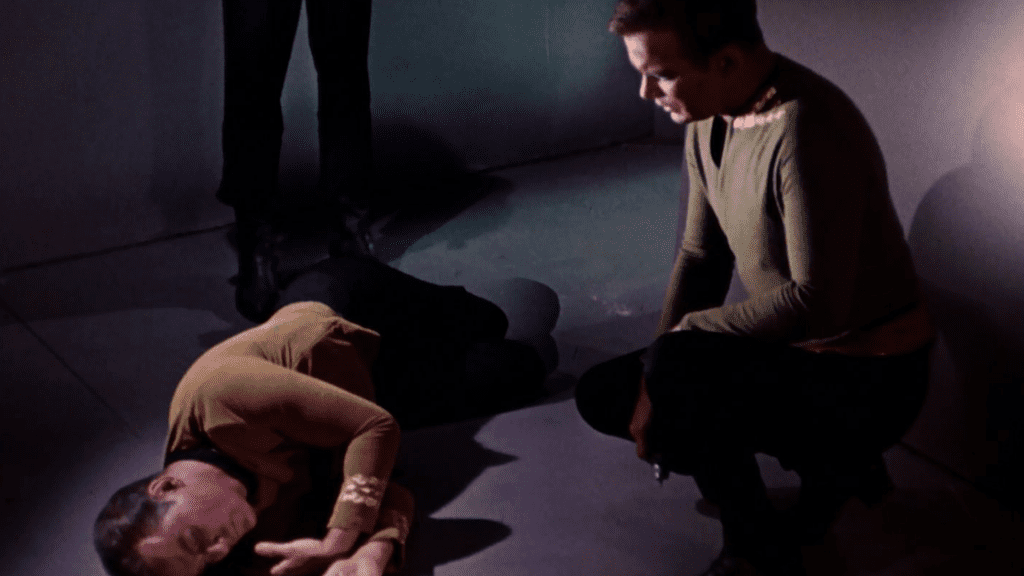

It’s not without issue, however. The first act is a mess with important scenes feeling out of sequence. Most notable is the scene where Scotty informs Kirk and Spock about the duplicate, using the episode’s wonderful alien dogs (I want one). It’s a revelation that seemingly explains the troubling accounts of Kirk’s dangerous behavior, but strangely it’s forgotten in the very next scene as Kirk and Spock continue to speculate on the identity of the imposter.
And then there’s Yeoman Rand (Grace Lee Whitney), whose treatment and lack of agency is extremely troubling. Her early encounter with “evil” Kirk is ruinously effective at conveying the Captain’s darker side. But what happens to Rand after this? Not much. Her account is treated with disbelief and dismissed. She could’ve been crucial to the episode’s ending, helping the bridge distinguish the two Kirks, ensuring resolution and vindicating herself in the process.
This doesn’t happen. What we get instead is a bizarre final exchange with Spock that essentially relegates her experience to a light-hearted quip about how she probably liked some of Kirk’s darker aspects. It’s a blemish on an otherwise great episode.
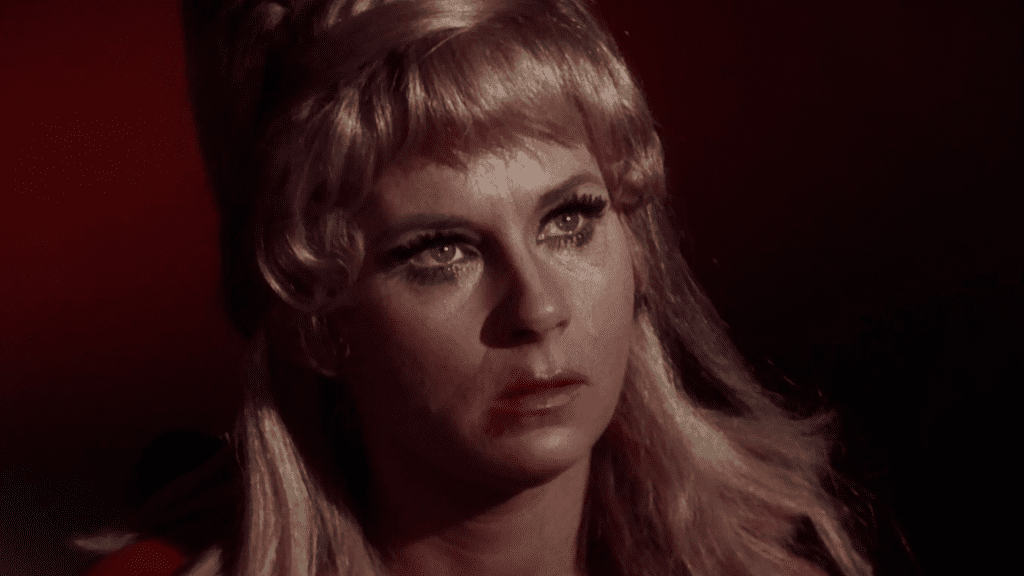

As with other early shows, “The Enemy Within” continues to add and develop elements that would define the series. We hear the first uttering of McCoy’s famous line “He’s dead, Jim” (actually referring to the poor space dog, RIP sweet prince), as well as the very first filmed instance of Spock’s dreaded Vulcan nerve pinch. It also gives us the first proper depiction of Trek’s “holy trinity”; Spock’s logic and McCoy’s passion, completed by Kirk’s decisive action. A formidable dynamic that would endure for decades to come.
Finally, in a pleasant subversion of expectation, the episode forgoes the classic “fisticuffs finale”. Instead of beating each other silly, “good” Kirk wins the day, de-escalating the conflict with reason and an embrace. For all his toxicity, deep down “evil” Kirk knew he couldn’t live without his good side. It’s beautiful stuff that’s quintessentially Trek.

